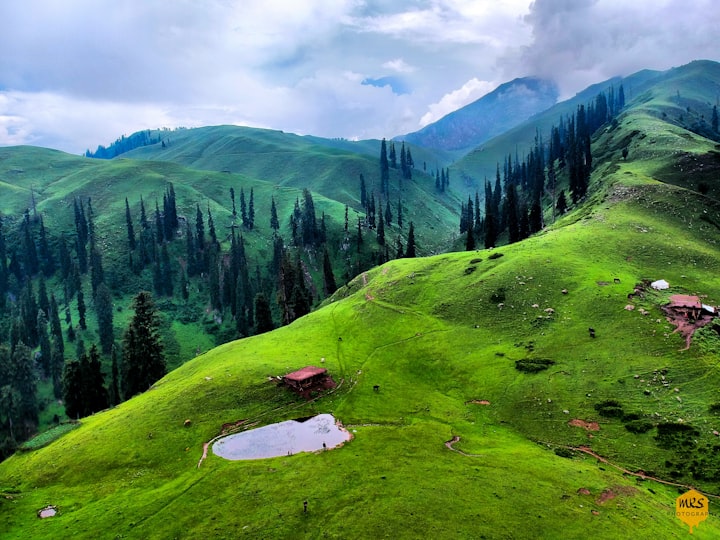Earth, also known as the Blue Planet, is the third planet from the Sun in our solar system. It is the only known planet to support life and is home to a diverse range of ecosystems and species. Here are some key facts about Earth:
Size and Composition: Earth has a diameter of approximately 12,742 kilometers (7,918 miles) and a circumference of about 40,075 kilometers (24,901 miles). It is a rocky planet composed mostly of iron, oxygen, silicon, magnesium, and other elements.
Atmosphere: Earth has a relatively thin atmosphere composed primarily of nitrogen (78%) and oxygen (21%), with trace amounts of other gases such as carbon dioxide, water vapor, and noble gases. The atmosphere plays a crucial role in regulating the planet's temperature and supporting life.
Hydrosphere: Earth is often called the "Blue Planet" because it is covered mostly by water. The hydrosphere includes the planet's oceans, seas, lakes, rivers, and groundwater. Water is essential for life, and it plays a vital role in various Earth processes, including weather patterns, nutrient cycling, and habitat creation.
Biosphere: Earth's biosphere refers to the regions of the planet where life exists, including the surface, the atmosphere, and the hydrosphere. It supports a vast array of organisms, ranging from microscopic bacteria to complex plants and animals. The interactions between different species and their environments contribute to the planet's biodiversity.
Geology: Earth's geology is characterized by tectonic activity, which involves the movement of Earth's lithospheric plates. This movement leads to earthquakes, volcanic eruptions, and the formation of mountains, valleys, and other geological features. The Earth's crust is composed of various rocks and minerals.
Climate: Earth's climate system is influenced by factors such as solar radiation, atmospheric composition, ocean currents, and topography. The planet experiences a range of climates, from tropical to polar, which contribute to the diversity of ecosystems and weather patterns.
Magnetic Field: Earth has a magnetic field that extends into space. This field is generated by the movement of molten iron in the planet's outer core. The magnetic field acts as a shield, protecting the planet's surface and atmosphere from harmful solar radiation.
Moon: Earth has one natural satellite, the Moon, which orbits around it. The Moon's gravitational pull influences the tides on Earth and has had significant impacts on the planet's geological history.
Exploration: Humans have been studying and exploring Earth for centuries. Scientific advancements and technologies have enabled us to better understand the planet's processes, history, and the impact of human activities on its ecosystems.
Understanding Earth and its intricate systems is crucial for addressing environmental challenges, promoting sustainability, and ensuring the well-being of our planet and its inhabitants.
The Earth is a complex and dynamic planet that has been evolving for over 4.5 billion years. It is the third planet from the sun and is the only planet known to support life. The Earth is a unique planet in our solar system, with a diverse range of ecosystems, climates, and geological features.
The Earth is composed of several layers, including the crust, mantle, and core. The crust is the outermost layer and is composed of solid rock. The mantle is the layer beneath the crust and is composed of hot, flowing rock. The core is the innermost layer of the Earth and is composed of a solid inner core and a liquid outer core.
The Earth's atmosphere is composed of several layers, including the troposphere, stratosphere, mesosphere, and thermosphere. The atmosphere plays a critical role in regulating the Earth's climate and protecting it from harmful solar radiation.
The Earth is home to a diverse range of life, including plants, animals, and microorganisms. Life on Earth has evolved over millions of years, and it continues to evolve and adapt to changing environmental conditions. The Earth's biosphere is composed of several interconnected ecosystems, including forests, grasslands, deserts, and oceans.
The Earth's climate is constantly changing, and it has gone through several periods of warming and cooling throughout its history. The current warming trend is largely attributed to human activities, such as the burning of fossil fuels and deforestation. Climate change is having a significant impact on the Earth's ecosystems, and it is a major concern for the future of the planet.
The Earth is also home to a diverse range of geological features, including mountains, volcanoes, and oceans. Plate tectonics is the driving force behind the movement of the Earth's crust, and it has shaped the planet's surface over millions of years. The Earth's oceans are also a critical component of the planet's ecosystem, and they play a critical role in regulating the Earth's climate.
The Earth's natural resources, including minerals, water, and energy, are critical to human civilization. However, the exploitation of these resources has also had a significant impact on the planet's ecosystems. Human activities, such as deforestation, overfishing, and pollution, are threatening the Earth's biodiversity and the health of its ecosystems.
In recent years, there has been a growing awareness of the need to protect the Earth's environment and promote sustainable development. Governments, businesses, and individuals are all taking steps to reduce their impact on the planet and promote sustainable practices.






Comments
There are no comments for this story
Be the first to respond and start the conversation.